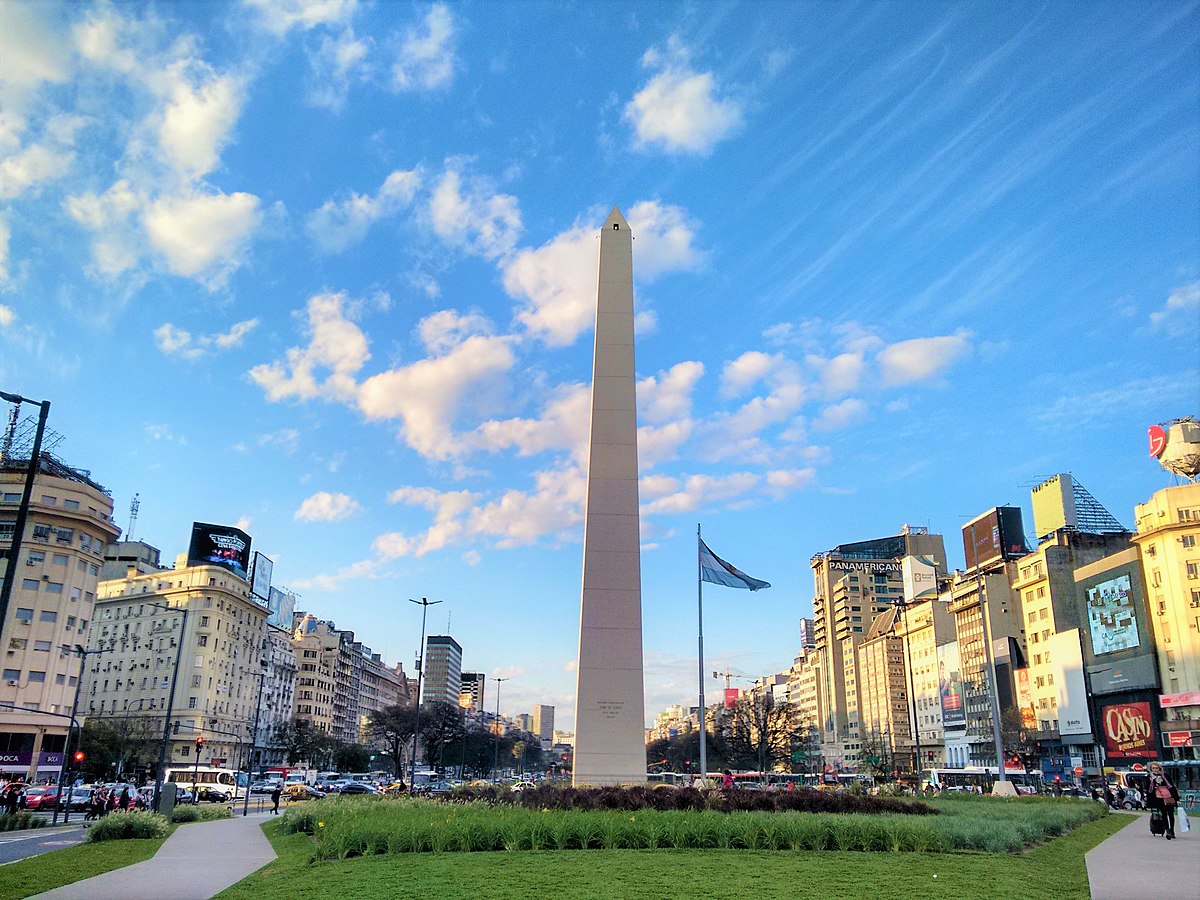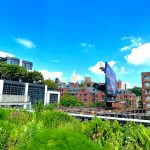Multicultural, colorful, busy, charming, and traditional, Buenos Aires is a fairytale destination, one of the most beautiful and evocative not only in Argentina but in all of Latin America.
Buenos Aires, known as the “Paris of South America“, is an overwhelming city, a sensory and emotional explosion of history, music, dance, tradition, flavors, and architecture. Gigantic, cosmopolitan, and colorful, it is divided into 48 “barrios”, each one different from the other, but all harmoniously joined to the others. The city, one of the largest in the world, was founded in 1580 by the Spanish explorer Juan de Garay, who christened it “Ciudad de la Santísima Trinidad y Puerto de Nuestra Señora de Los Buenos Aires”.
The historic Plaza de Mayo and its monuments
Plaza de Mayo is the splendid and suffering heart of the city, built in 1580, together with Buenos Aires itself. This center is historically among the most important: here, for example, in 1810, the May Revolution broke out, from which developed the Argentine War of Independence against Spain, which ended with the victory of the Latin American country.
The beautiful “Plaza de Mayo” was also the center of the peaceful protests which, since 1977, have brought the Mothers of the Plaza de Mayo to the square every Thursday to ask for justice and to remember their loved ones murdered by a brutal and ruthless power of the dictatorship.
However, the most famous and photographed building in Plaza de Mayo remains the marvelous Casa Rosada, the seat of the Argentine government. Neoclassical and painted in a persuasive pink color, it was built in 1710. Its contemporary appearance is the result of numerous modifications and extensions, but its beauty always remains magically suspended in time.
Around this large and significant square, there are also some important and suggestive buildings, including the neoclassical Metropolitan Cathedral of Buenos Aires, built in 1752, the imposing Banco de la Nación Argentina, and the refined Cabildo of Buenos Aires, a Baroque colonial building built in the 17th century which housed the municipal offices for a long time. Today, it is a beautiful historical museum dedicated to the May Revolution.
The bright colors of La Boca
La Boca is one of the most beautiful and colorful neighborhoods in Buenos Aires and in the world: its houses are characterized by splendidly bright and eccentric shades, ranging from blue to red, from yellow to green, from orange to violet, in a swirl of nuances and joy.
Inhabited mainly by black slaves during the Spanish colonization, La Boca transformed into a “little Genoa” starting in the 19th century, when a significant flow of emigrants from Liguria poured into the area. In 1882, the population even proclaimed the independence of the barrio, and the newborn Repùblica de la Boca hoisted the flag of Genoa.
The so-called Caminito, an open-air architectural museum, is the most vibrant and famous street in La Boca and is enlivened not only by the colorful houses but also by stalls selling handicrafts, street artists, tango dancers – the Argentine dance for excellence, crowded cafés, places to listen to music and have fun, kids playing football and murals by Diego Armando Maradona, who remains an untouchable legend of the country. The neighborhood is closely linked to football: two teams that are still very popular today were founded here, River Plate (1901) and Boca Juniors (1905).
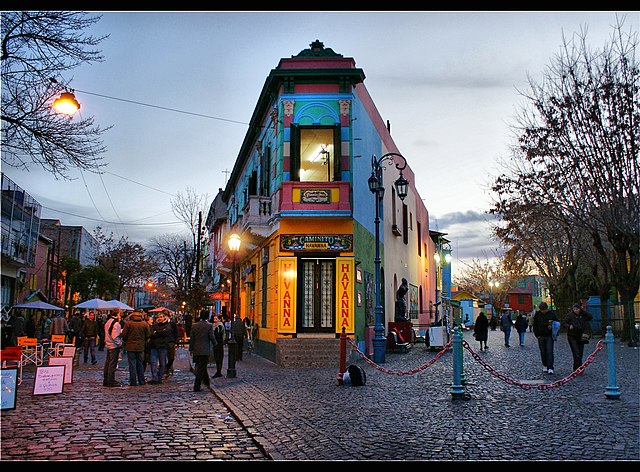
The multicultural atmosphere of San Telmo
San Telmo is another picturesque neighborhood, one of the oldest in Buenos Aires, and still retains, suggestively, a colonial aspect. Founded in the 17th century and inhabited mainly by sailors and port workers until the 18th century, it subsequently became a wealthy area reserved for the local elite.
Since 1871. Dozens and dozens of different nationalities merged into one and gave the barrio a precious multicultural soul, which has remained intact over the centuries. Today the barrio preserves some of the most interesting monuments and places in the capital. Stop to watch the tango dancers, sit in bars and sip mate. Chat with people.
Look for the murals hiding in the most unexpected corners. Visit MAMBA, Museum of Modern Art, and MACBA, Museum of Contemporary Art, and immerse yourself in Argentinian art. Lose yourself in the enchanting narrow streets of San Telmo and discover its most magical glimpses, from Plaza Dorrego, a beautiful and vibrant square full of bars, restaurants, boutiques, and craft and antique shops, to the church of San Pedro Telmo.
San Telmo is mainly famous for its Market, which opened in an Italian-style structure in 1897, and for its chaotic and overwhelming Feria, a gigantic market held every Sunday from 10 to 16.
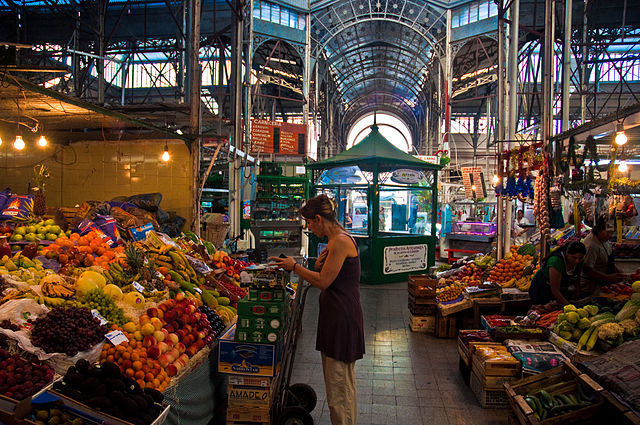
The melancholy of Recoleta
Recoleta is an elegant district of high historical and cultural interest, formerly the main center of French immigration. A residential area characterized by refined buildings whose shapes recall castles and small French palaces.
In the local cemetery is the most famous and honored tomb of María Eva Duarte de Perón, better known as Evita Perón, whose memory is still alive in a large part of the Argentine population. The famous actress married President Juan Domingo Perón in 1945 and became a political and elegant icon idolized by her citizens, ready to fight for the rights of workers and women. She died at the age of 33, in 1952, due to cancer.
The modernity of Puerto Madero
Puerto Madero stands at the mouth of the Rio de la Plata, where the old port once stood, and is the most innovative and richest area of Buenos Aires, full of lofts, offices, shops, restaurants, and clubs, among the chicest that you can find in Argentina
Today, the skyline of Puerto Madero is distinguished by numerous original skyscrapers, some residential, such as the El Faro Towers, the River View Towers, and the Renoir Towers. Impressive is also the Puente de la Mujer, a pedestrian bridge built by the brilliant Spanish architect Santiago Calatrava and inaugurated in 2001. 160 m long and 5 m wide, its slightly angular shape is a hyper-modernist synthesis of a couple dancing the tango.
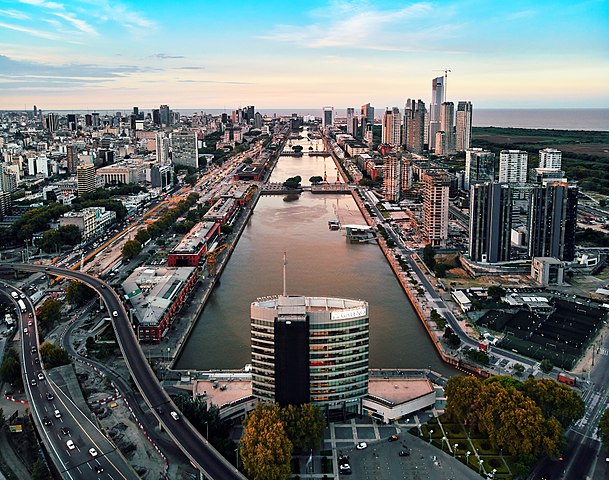
The largest flower in the world: the Floralis Generica
La Floralis Genérica is an unexpected fairy-tale sculpture in the shape of a flower, the largest (metal) flower in the world, 23 m high, weighing 18 tons, and with a diameter of 32 m. Made in 2002 by the brilliant Argentine architect Eduardo Catalano, it was thought to be, in the words of its creator, “the synthesis of all flowers and, at the same time, the hope of a daily rebirth”.

Other monuments and neighborhoods not to be missed
Given its grandeur and history, Buenos Aires is an incredibly rich city of inspiring places of interest. We have told you in detail some of its monuments and its most beautiful neighborhoods, but, due to space issues, we cannot delve into other must-sees of the Argentine capital. However, we leave you with some other unmissable suggestions!
The Palermo district is among the liveliest and is highly recommended for nightlife. Young, cheerful, and enlivened by clubs, bars, and concerts, it owes its name to the Church of San Benedetto da Palermo and, in various areas, you will feel like you are at home in Italy!
Plaza del Congreso is a large and panoramic square dominated by the neoclassical Palace of the Congress of the Argentine Nation, built between 1897 and 1946, designed by Víctor Meano and Julio Dormal, and embellished by several valuable statues, including a variant of Il Thinker by Auguste Rodin
In Plaza de la Republica, on the other hand, a mighty Obelisk, almost 68 m high, awaits you. Built-in 1932 to a design by Argentine modernist Alberto Prebisch, it celebrates the 400th anniversary of the founding of Buenos Aires. Finally, the Monumental Tower, also called Torre de Los Ingleses, is very beautiful: built in Renaissance style, with a pleasant play of bricks and stones, at the behest of the English community who emigrated to Argentina, it was inaugurated in 1916 and pays homage to the May Revolution.
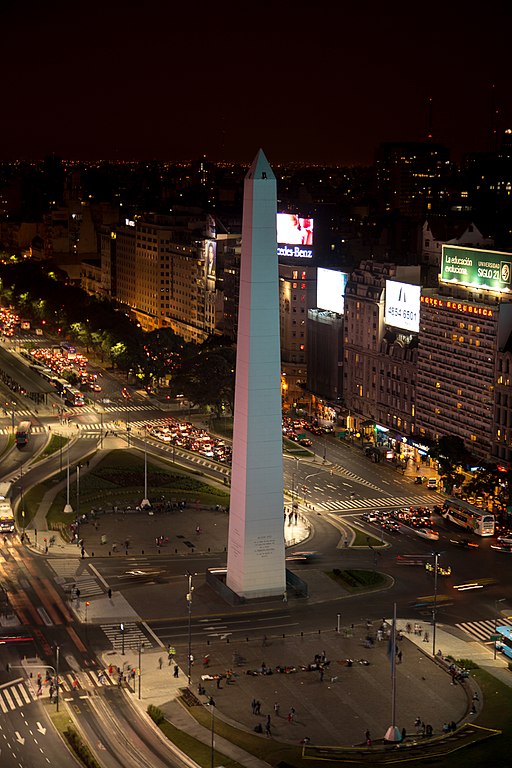
The Teatro COLON, Train station Retiro, Museo de Arte Hispanoamericano, and many other areas that Make
Where and what to eat
Argentine cuisine is very tasty, hearty, and “carnivorous”. Meat is the protagonist of the table and is prepared in many different but always very tasty ways. Among the most popular dishes, there are the parrilla, i.e. a succulent grilled mixed meat, the Asado, very slowly grilled beef with a spicy sauce (chimichurri), the locro, a chicken or sausage stew seasoned with corn, onion, and other vegetables that seem to be of Andean origin and already widespread in the time of the Incas, the choripán, a sandwich with sausage, chimichurri and vegetables, and the churrasco, a steak served with fried potatoes.
Also very famous, widespread, and delicious are the empanadas, small and “tempting” panzerotti filled with meat, cheese, vegetables, or fish. You won’t be able to help but eat them in quantity!
You will also be spoiled for choice when it comes to desserts: dulce de leche (a caramel cream made with milk, sugar, and vanilla essence) is a must-try in Argentine pastry and is one of the most popular garnishes for cakes, ice cream, and cookies, such as alfajores (cookies glazed with chocolate and filled with dulce de leche).
Then try the bolas de Fraile, fried cakes filled with cream or fruit, and the Arroz con Leche, a rice and milk pudding. The national drink of Argentina is mate, an infusion – with a strong flavor – of mate grass which is sipped from a special cup with a straw.


